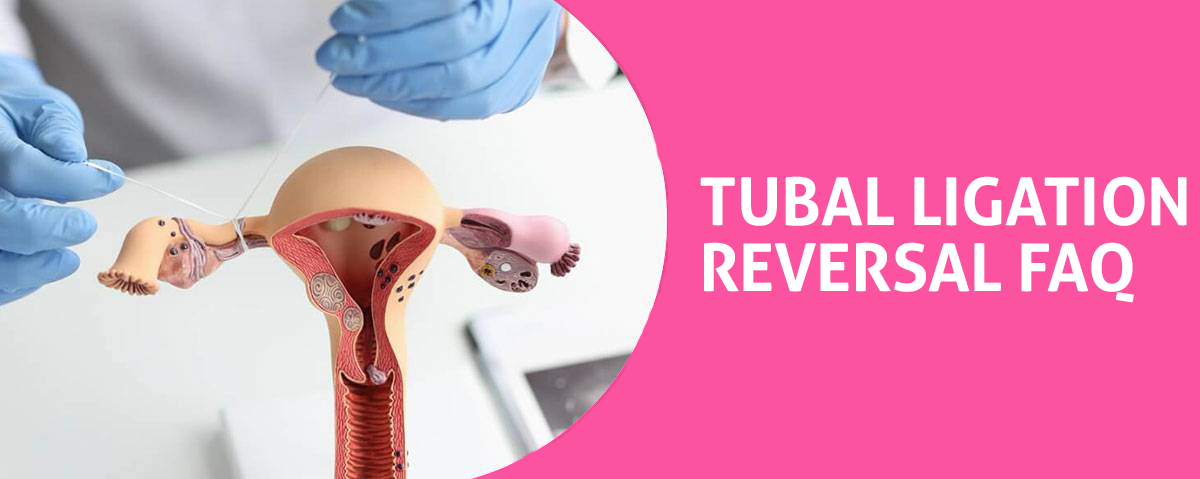After 5 Years, How Likely Is a Woman to Get Pregnant After Tubal Ligation?
Ever wondered about the odds of pregnancy after a tubal ligation? You’re not alone. It’s a common question, especially five years down the line. In this article, we’ll explore the chances of conception after this procedure, taking into account factors like age and fertility. By the end, you’ll have a clearer understanding of unplanned pregnancy post-ligation. So buckle up, because we’re about to dive into some serious science!
Understanding Tubal Ligation
While it’s essential to grasp the concept of tubal ligation, you’re probably wondering what it actually involves. There are several ligation methods, each with its own set of pros and cons. It could be a surgical cut, tie, or seal of the fallopian tubes, or non-surgical methods using rings or clips. The aim is to prevent the egg from travelling down the tubes where fertilization usually occurs. It’s a permanent form of birth control, but reversal is occasionally possible depending on the method used. Post surgery care involves regular check-ups to ensure no complications arise. You’ll need to rest, avoid strenuous activity and monitor for any signs of infection. It’s an effective contraceptive method, but understanding the procedure and potential risks is crucial.
Studying Pregnancy Rates Post-Procedure
After you’ve undergone tubal ligation, you might be curious about the odds of pregnancy in the long run, specifically after a span of five years. Various studies have shown that the average probability of post-procedure pregnancy is relatively low. However, the likelihood can increase due to procedure complications, such as incomplete closure of the fallopian tubes. Even though it’s rare, these complications could lead to an unplanned pregnancy, which might bring considerable emotional impacts. Feelings of shock, confusion, or even joy might ensue. Analyzing these rates and potential emotional outcomes is crucial in understanding the full scope of tubal ligation as a method of birth control. It’s equally important to discuss these possibilities with your healthcare provider to make an informed decision.
Fertility and Age Factors
Considering your age and fertility levels, you’re more likely to conceive after tubal ligation if you’re younger, since fertility naturally declines as you age. Hormonal changes that occur with age can affect the success of tubal ligation reversal and thus, the possibility of conception. These changes may reduce egg quality and quantity, crucial factors in successful fertilization. Moreover, the onset of menopause, typically occurring between ages 45 and 55, marks the end of a woman’s reproductive years and thus, the possibility of natural conception. Therefore, the likelihood of getting pregnant post-tubal ligation is significantly influenced by age-related fertility factors. It’s vital to have a thorough understanding of these factors when considering tubal ligation or its reversal.
Cases of Unplanned Pregnancy After Ligation
Even if you’ve had a tubal ligation, it’s important to know that there’s still a chance, albeit small, of an unplanned pregnancy occurring. This can happen due to a phenomenon known as recanalization, where the tubes spontaneously rejoin. Some women may also opt for a ligation reversal, in the hopes of becoming pregnant again, which can inadvertently lead to unplanned pregnancies if not managed properly. It’s therefore crucial to understand these risks and consider contraceptive alternatives. Barrier methods, hormonal contraceptives, and intrauterine devices are some options to contemplate. It’s about making an informed decision, weighing risks against benefits. So while tubal ligation is a highly effective method, it’s not foolproof, and unplanned pregnancies can still occur.
Other Popular Questions About Tubal Ligation Reversal:
How Dangerous Is Tubal Ligation?
How Common Is Weight Gain After Tubal Ligation?
How Common Is Tubal Ligation Failure?
How Common Is Regret After Tubal Ligation?
How Common Is Recanalization After Tubal Ligation?
How Common Is It to Get Pregnant 7 Years After a Tubal Ligation?
How Can You Tell if Your Tubal Ligation Failed?
How Can You Still Have Periods After Tubal Ligation Anatomy?
How Can You Have a Period After Tubal Ligation?
How Can I Tell What Type of Tubal Ligation I Had?
How Can I Reverse Tubal Ligation?
How Can I Prevent Early Menopause After Tubal Ligation?
By using this webiste you agree to Terms and Conditions
